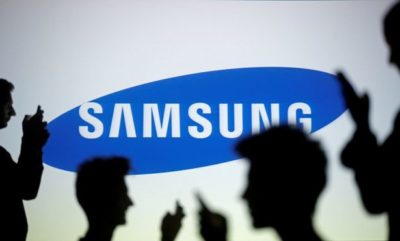
Samsung has developed a new LTE modem technology for its next-gen mobile processors which support 6CA (carrier aggregation).
The tech giant revealed that the new technology can achieve a maximum speed of 1.2Gbps of downlink speed, enabling smartphone users to download full-length HD movies within 10 seconds.
It also provides users with high-quality resolution, making it possible to make video calls without buffering and also enjoy advanced featured such as live broadcasting.
Woonhaing Hur, VP of Systems LSI Protocol Development, Samsung Electronics said: “With the increase of high-quality online content services, the demand for high-performance LTE modems continue to rise as well.
“The 1.2Gbps maximum downlink speed with 6CA support highlights Samsung’s leading design capabilities and well-positions Samsung for the upcoming 5G era.”
Read more:Samsung investing $18bn to expand memory chip business
Carrier aggregation is used to combine a number of carriers with different bandwidths in order to improve the rate of data transfer and network performance.
According to Samsung, increasing the aggregation capability from five to six enables the newly developed LTE modem technology to deliver faster and more stable data transfers.
 This announcement comes after Samsung released its Exynos 9 series (8895) SoC earlier this year, which was built with its Cat.16 LTE modem with just 1GB downlink speed and 5CA support.
This announcement comes after Samsung released its Exynos 9 series (8895) SoC earlier this year, which was built with its Cat.16 LTE modem with just 1GB downlink speed and 5CA support.
The company which revealed that it will be investing over $18bn to expand its memory chip and smartphone business over the next four years, have begun working closely with telecommunication measuring instrument provider Anritsu, to enable its Cat.18 6CA technology to deliver advanced speeds.
Samsung claims that the new technology has been built to support 4×4 MIMO (Multiple-input, Multiple-output) and a higher-order of 256 QAM (Quadrature amplitude modulation) scheme which will maximise the data transfer rate.
Samsung expects to begin mass production of the mobile processor which will adopt the new technology by the end of 2017.






